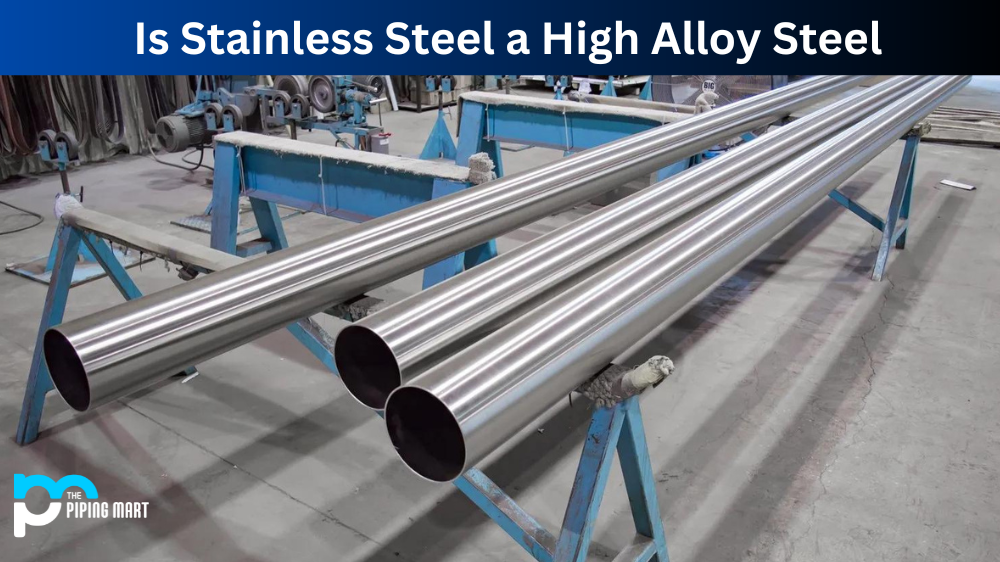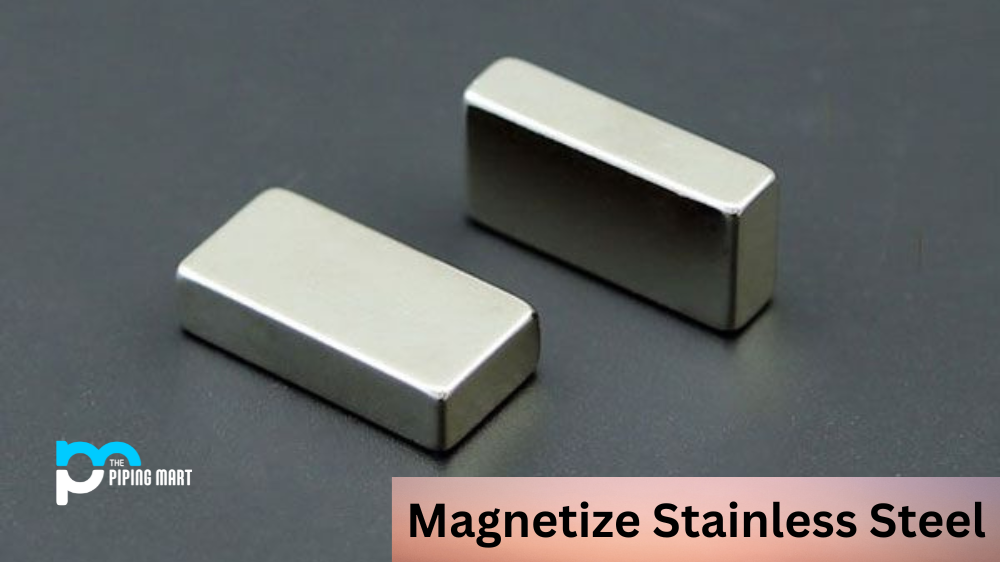Stainless steel is a metal alloy with at least 10.5% chromium, making it highly resistant to corrosion. It is one of the most popular metals used today for various applications due to its durability and attractive luster. But how does stainless steel compare to high alloy steel? Let’s take a closer look.
High Alloy Steel
High alloy steel, also known as tool steel, is made of different metals. The primary metal used in this type of steel is usually carbon, along with other elements such as molybdenum, chromium, vanadium, tungsten, and manganese. This combination of metals helps create a strong material that can be used for various purposes, including cutting tools, drill bits, dies, and more.
Differences Between Stainless Steel and High Alloy Steel
Some key differences between stainless steel and high alloy steel should be noted when considering which metal to use for an application. One major difference is their strength: high alloy steel has higher tensile strength than stainless steel because it has more carbon content in its composition (up to 1%). In addition, high alloy steel is more difficult to work with because it needs to be hardened before it can be used for certain applications. On the other hand, stainless steel offers greater corrosion resistance than high alloy steel because it has a higher chromium content (10%-30%). This means it won’t rust or corrode like other types of metal when exposed to water or air over time.
Conclusion:
When choosing between stainless steel and high alloy steel for an application or project, there are several factors you’ll want to consider. High alloy steel offers greater strength but requires additional hardening before use. In contrast, stainless steel provides superior corrosion resistance but may be weaker than high alloy steel, depending on the application or project requirements. Ultimately, understanding the differences between these two types of metals will help you decide which one best fits your needs.

Abhishek is a seasoned blogger and industry expert, sharing his insights and knowledge on various topics. With his research, Abhishek offers valuable insights and tips for professionals and enthusiasts. Follow him for expert advice on the latest trends and developments in the metal industry.




